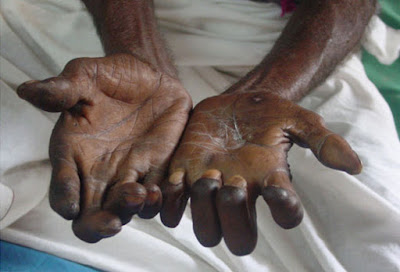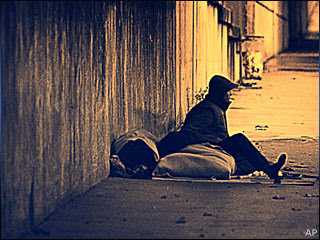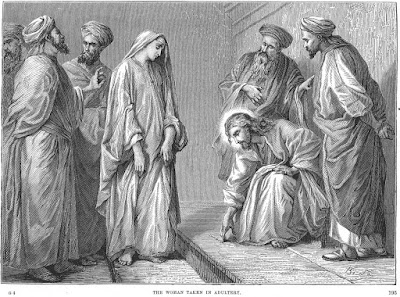Thursday of the Octave of Easter: Discerning God's Handiwork

Shortly after he arrived at a compound for patients of Hansen’s Disease (a leper colony) in India, Doctor Paul Brand , a specialist in hands and tendons, quietly slipped into a community meeting, sitting on a mat behind the group in the courtyard. All around were smells of disease and decay, of cooking spices, and medical ointments. His eyes were drawn to the patients’ hands, most of which had missing or deformed fingers that were turned in—hands that were often called “lepers’ claws.” Some of the patients were sitting on their hands or trying to keep them hidden. When the patients realized Doctor Brand was there, they asked him to speak. So, moving to the center of the group, he began by saying, “I am a hand surgeon. So, when I meet people, I can’t help but look at their hands. [Palm readers claim] that they can look at your future by looking at your hands. I can tell your past. For instance, I can tell what your trade has been by the position of the callouses and the condition...






